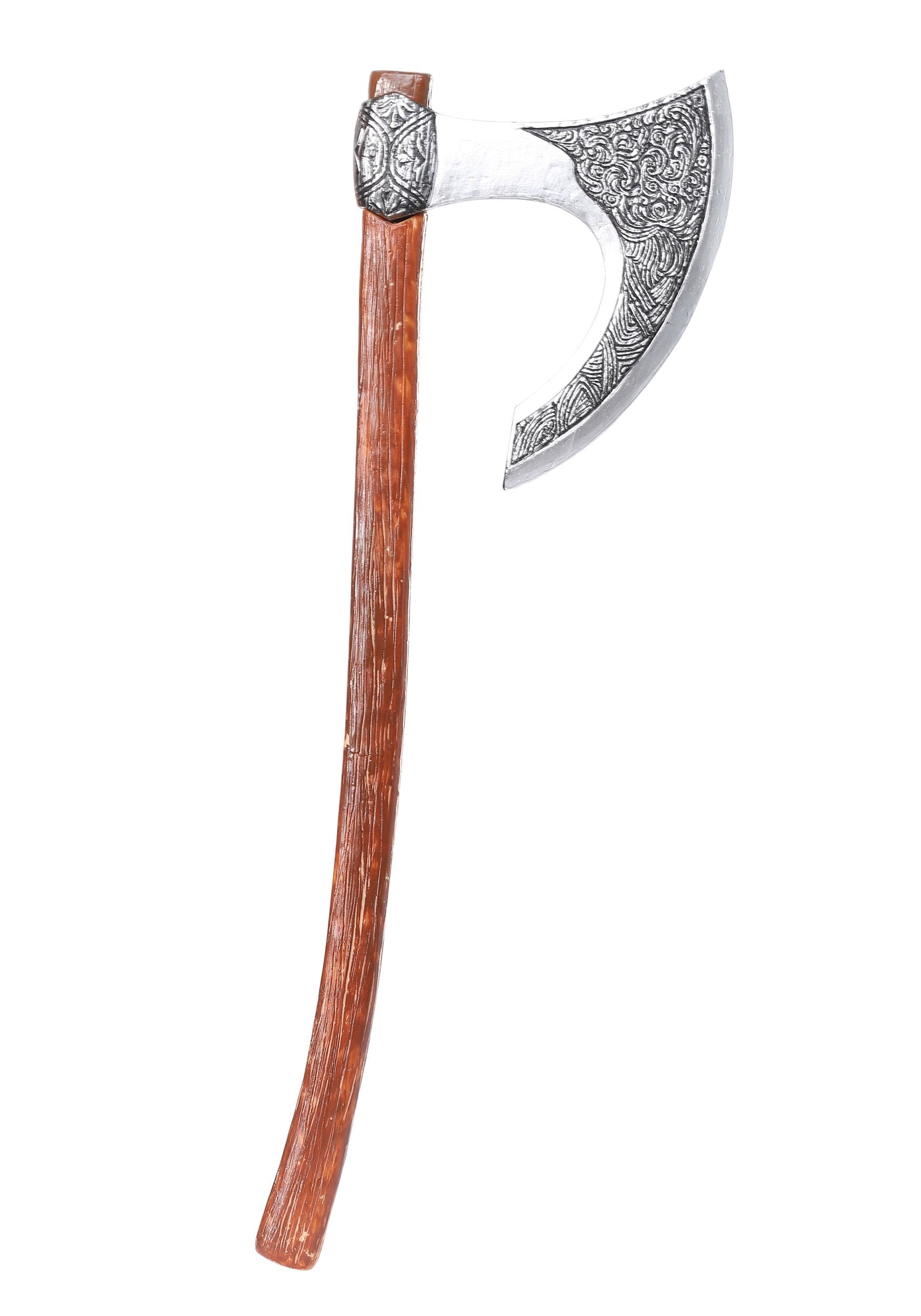

Historians believe the Norwegian army was divided in two with some troops on the west side of the River Derwent, and the majority of the army on the east side. (Photo: Bjarte Aarseth, Museum of Cultural History, University of Oslo) The blacksmiths: Vegard Vike and Anders Helseth Nilsson. The battle was fought between an English army led by King Harold Godwinson and an invading Norwegian force led by King Harald Sigurdsson “Hardrada” (Old Norse: harðráði, “hard ruler”) and Earl Tostig Godwinson, the English king’s brother. On 25 September 1066, the battle symbolizing the end of the Viking Age took place at the village of Stamford Bridge, East Riding of Yorkshire, in England.

The Langeid axe has been dated back to the second quarter of the 11th century, which coincides in time with the Battle of Stamford Bridge and perhaps history’s most famous axe warrior. The Norwegian archaeologist Jan Petersen categorized broad axes as type M in his typology of weapons, appearing from the second half of the 10th century until the Middle Ages. The Museum of Cultural History at the University in Oslo only holds six axes of this type – broad axes with brass haft banding. The haft measured about 110 centimeters, based upon a few archaeological findings and contemporary illustrations. The Langeid axe head has a cutting edge of about 25 centimeters, an original weight of about 800 grams and is clearly two-handed. X-ray fluorescence analysis confirmed that the band was made of brass, something that made the axe “shine like gold” in the sunlight. Remarkably, a 15 centimeters long wooden stump of the haft was preserved.Ī band of brass, a metal alloy made of copper and zinc, encircling the stump had preserved the handle due to the antimicrobial properties. The blade was relatively intact, including the toe and heel of the cutting edge. (Photo: Museum of Cultural History, University of Oslo) However, on the outside there were discovered an ornate sword and a battle axe.Īccording to the archaeologists, the original haft measured about 110 centimeters. The archaeologists did find a wooden coffin, but it turned out to be almost empty. Now, the unique weapon found at Langeid in 2011 is recreated, and confirms that a thousand-year-old rumor is true: Facing a well-trained Norseman with broad axe was like looking death straight in the eyes.ĭuring archaeological excavations in 2011, several dozen flat graves dating back to the last part of the Viking Age were discovered at Langeid in the Setesdal valley, Southern Norway. The Viking warrior was well equipped and trained to use a variety of weapons, but it was undoubtedly the battle axes that created most “shock and awe” among the enemy. At the same time, they were powerful lethal weapons, something the recently reconstructed broad axe from Langeid in Southern Norway confirms. the 11th century, had evolved to become light, streamlined and well-balanced.

(Photo: Vegard Vike, Museum of Cultural History, University of Oslo)Ĭontrary to what many believe, battle axes from the last part of the Viking age, i.e. The Langeid Viking Battle Axe: The original and the copy. Home › Culture › The Langeid Viking Battle Axe


 0 kommentar(er)
0 kommentar(er)
